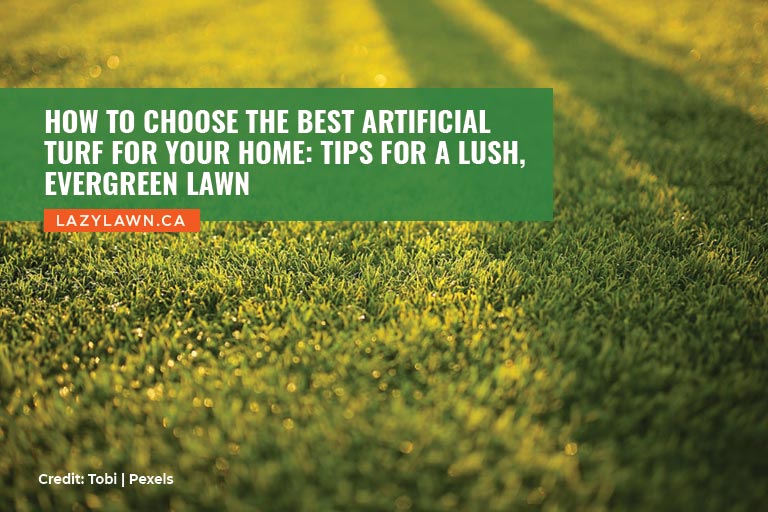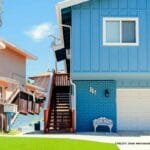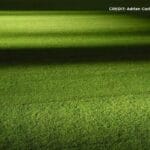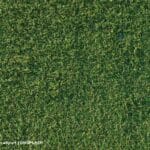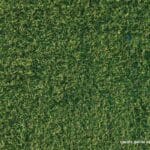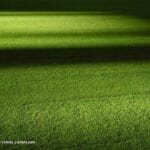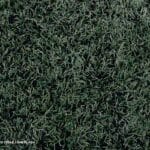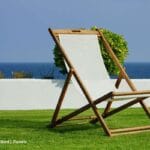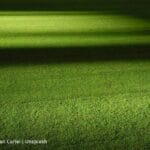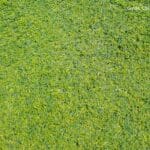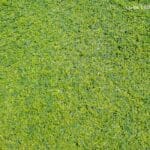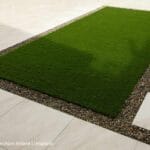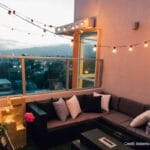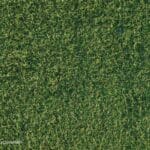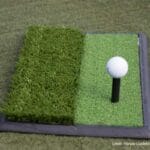Artificial turf has become an increasingly popular choice for homeowners who desire a lush, evergreen lawn without the ongoing maintenance that natural grass requires. While many homeowners take drastic steps for their lawn care like allowing their lawns to turn brown or painting them green to maintain a lush appearance, there are other options available. Whether you live in an area prone to drought, are looking to save on water bills, or simply want to reduce the time spent mowing and fertilizing, artificial turf can be an excellent solution. However, choosing the right artificial turf for your home is crucial to achieving a natural look and feel. In this guide, we’ll explore how to choose the best artificial turf, considering factors such as material, pile height, density, and other essential aspects to ensure your lawn remains beautiful and functional all year round.
1. Understand the Different Types of Artificial Turf
Artificial turf is generally made from synthetic materials like nylon, polyethylene, or polypropylene. Each material has its characteristics, and understanding them is key to selecting the right turf for your needs.
– Nylon
Nylon is known for its durability and resilience. It can withstand heavy foot traffic and high temperatures, making it a great choice for areas that see frequent use. However, nylon turf is often stiffer and less natural-looking than other materials. It’s ideal for sports fields or play areas where performance takes precedence over appearance.
– Polyethylene
Polyethylene turf offers a softer, more natural feel for your grass. It closely resembles natural grass in both look and texture, making it a popular choice for residential lawns. It’s also UV-resistant, ensuring that it maintains its vibrant green colour even in direct sunlight.
– Polypropylene
Polypropylene is the least expensive option but also the least durable. It’s softer and more pliable, which can make it appealing for decorative purposes. However, it’s generally unsuitable for high-traffic areas, as it tends to wear down quickly.
When choosing the material, consider where the turf will be installed and how it will be used. For a backyard that will be used primarily for relaxing, polyethylene might be the best option. If the lawn will see a lot of action, such as a children’s play area, nylon could be more appropriate.
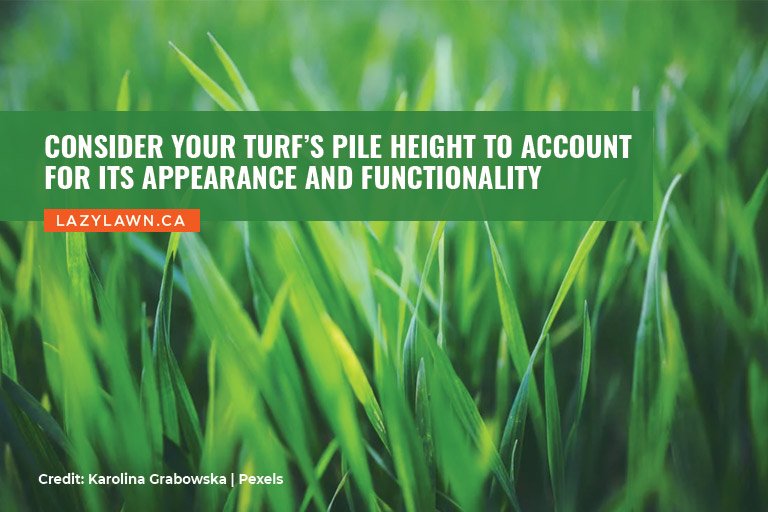
2. Consider Pile Height
Pile height refers to the length of the blades of artificial grass. This is an important factor to consider because it affects both the appearance and functionality of the turf.
– Short Pile (10-30 mm)
Shorter pile turf is often used in sports applications such as putting greens. It’s easy to maintain and provides a flat, even surface. However, for a home lawn, it might not provide the lush appearance that many homeowners desire.
– Medium Pile (30-37 mm)
Medium pile height is the most common choice for residential lawns. It offers a good balance between aesthetics and performance, giving a lush, full look without being too difficult to clean.
– Long Pile (37-45 mm)
Longer pile turf creates a very natural and luxurious appearance, closely mimicking a well-maintained natural lawn. However, it can be more challenging to maintain as it may require regular brushing to keep the blades upright.
Selecting the right pile height depends on your priorities. If you want a lawn that looks as close to natural grass as possible, a medium to long pile height is recommended. If ease of maintenance is more important, a shorter pile height might be the way to go.
3. Evaluate Turf Density
Turf density refers to the number of synthetic yarns per square metre. A higher density means more blades of grass, which typically results in a more lush and durable turf.
– High Density
High-density turf tends to look fuller and more realistic. It also feels more comfortable underfoot and can withstand more wear and tear. This makes it an excellent choice for areas with heavy foot traffic, such as walkways or playgrounds.
– Low Density
Lower density turf is usually less expensive but may appear sparse or less natural. It’s suitable for areas that tend not to see much use, such as decorative garden sections or along fences.
When evaluating turf density, consider how much use the area will get. High-density turf may cost more upfront, but it will likely last longer and provide a more satisfying appearance over time.
4. Examine Backing and Infill
The backing of artificial turf is what holds the synthetic blades together, while infill provides stability and cushioning. Both are crucial to the turf’s performance and longevity.
– Backing
The quality of the backing affects the durability and drainage of the turf. A good backing will be strong enough to hold the fibres in place and provide adequate drainage to prevent waterlogging. Double backing is often recommended for areas with heavy foot traffic or wet climates, as it offers extra strength and stability.
– Infill
Infill is added between the blades of grass to help them stand upright and provide cushioning. Common infill materials include silica sand, crumb rubber, and organic options like cork or coconut husk. The choice of infill depends on the intended use of the turf. For example, silica sand provides a natural feel and is a good all-purpose infill, while crumb rubber offers more cushioning and is often used in sports fields.
Be sure to choose a backing and infill that suit the specific needs of your lawn. Properly selected and installed, these components will enhance the look and feel of your turf, as well as extend its lifespan.
5. Check for UV Resistance and Warranty
Artificial turf is exposed to the elements, and UV radiation from the sun can cause it to fade or degrade over time. Therefore, it’s essential to select turf that is UV resistant to ensure it maintains its colour and integrity.
– UV Resistance
Most quality artificial turfs are treated with UV stabilizers that protect the material from sun damage. This is particularly important in sunny climates, where constant exposure to UV rays can cause the turf to lose its vibrant green hue. Be sure to check the product specifications for UV resistance, especially if the lawn will be in direct sunlight.
– Warranty
A good warranty is a sign of quality and provides peace of mind. Many manufacturers offer warranties ranging from 5 to 15 years, covering issues such as fading, wear and tear, or defects. Always read the warranty terms carefully and ensure that the coverage aligns with your expectations and the turf’s intended use.
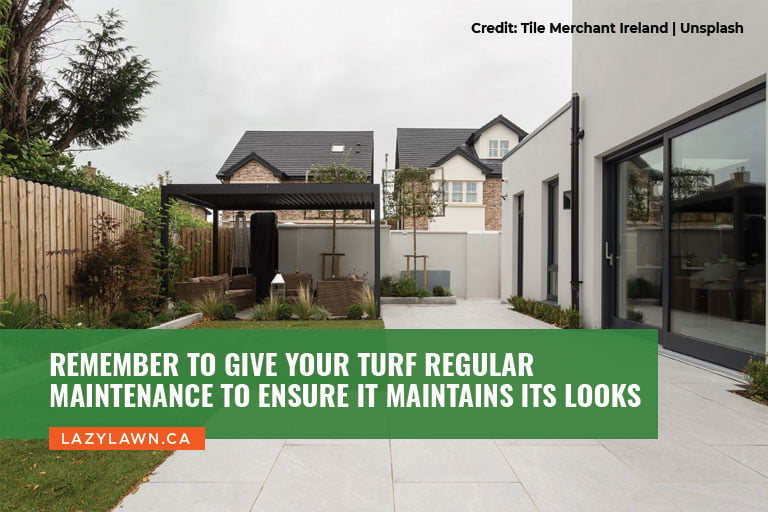
6. Factor in Maintenance Requirements
One of the main benefits of artificial turf is its low maintenance, but some upkeep is still required to keep it looking its best. Understanding the maintenance requirements can help you choose the right turf and prepare for ongoing care.
– Brushing
Regular brushing helps keep the turf fibres upright and prevents matting. This is particularly important for longer pile heights, which can become flattened over time.
– Cleaning
Debris such as leaves and twigs should be removed regularly to prevent them from decomposing and causing odours or discolouration. Pet owners may also need to clean the turf more frequently to remove waste.
– Infill Refreshing
Over time, infill may need to be replenished to maintain the turf’s structure and performance. This can usually be done as part of regular maintenance.
Choose a turf that aligns with the amount of time and effort you’re willing to invest in its care. While all artificial turf requires some maintenance, selecting a high-quality product and following the manufacturer’s recommendations will help keep your lawn looking fresh with minimal effort.
7. Budget Considerations
Finally, consider your budget when choosing artificial turf. While it can be tempting to go for the cheapest option, remember that quality often correlates with price. Investing in a higher-quality turf may cost more upfront but can save you money in the long run by reducing the need for replacement or repairs.
– Initial Cost
The initial cost includes the price of the turf, installation, and any necessary groundwork. High-quality materials and professional installation typically result in a more durable and attractive lawn.
– Long-Term Value
Consider the long-term value of the turf. A more expensive but durable product may provide better value over time by lasting longer and requiring less maintenance. Some low-maintenance landscaping efforts to go with your artificial turf can also go a long way toward maximizing your curb appeal and making the most of your investment in your home.
Knowing the ins and outs of artificial turf for your home requires careful consideration of several factors, including material, pile height, density, backing, infill, UV resistance, maintenance requirements, and budget. By understanding these elements and selecting a turf that aligns with your specific needs and preferences, you can enjoy a lush, evergreen lawn that enhances your outdoor space year-round. Investing time in selecting the right turf will pay off in a beautiful, low-maintenance lawn that remains vibrant and resilient for years to come.
When you need quality synthetic turf to boost your home’s curb appeal, Lazy Lawn has you covered. We provide a wide range of synthetic turf options to suit your needs. Whether you want turf to spice up your front lawn or you’re looking into synthetic turf for your backyard or indoor spaces, we’re here to offer a helping hand. Give us a call now at (888) 622-5296 to invest in synthetic turf that looks and feels like natural grass.

